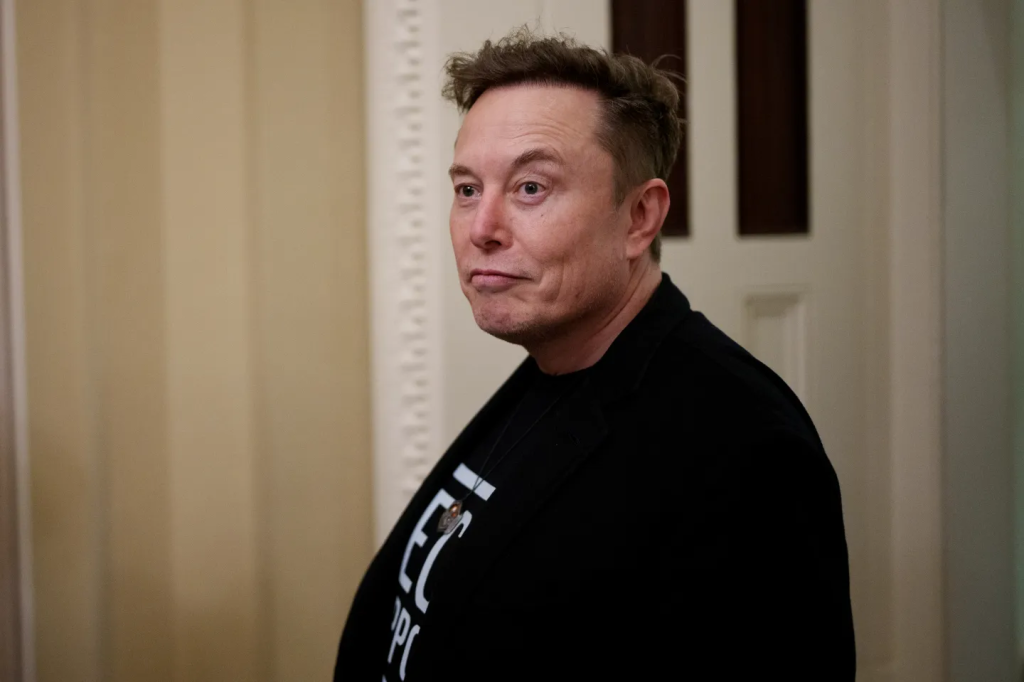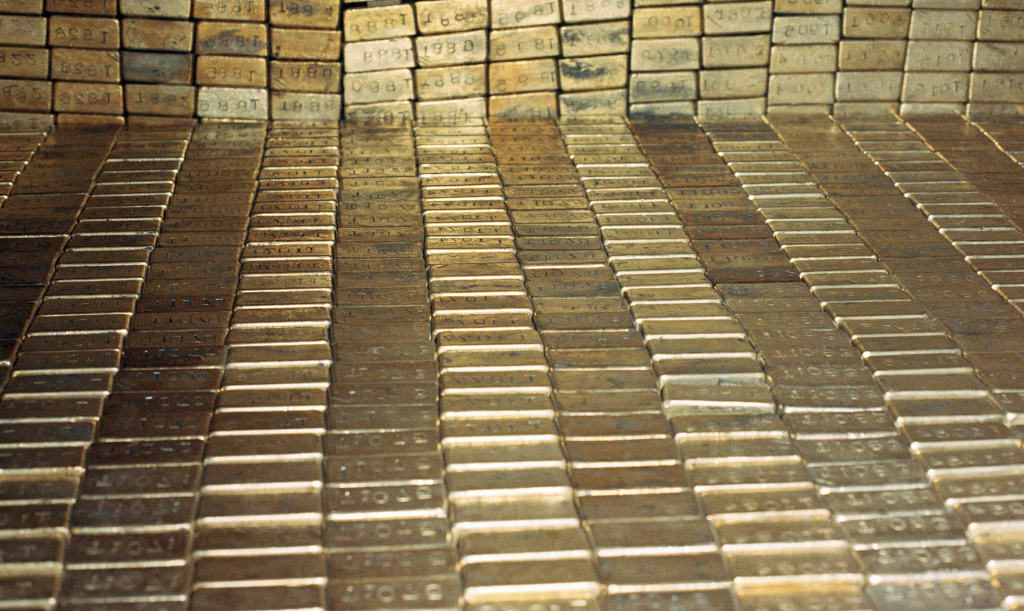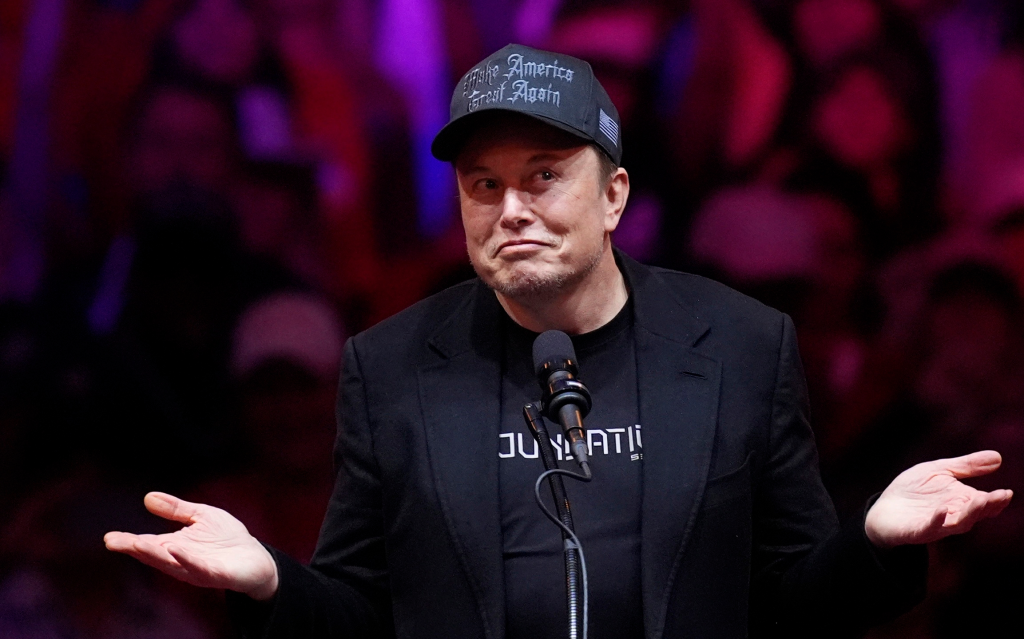
In a move that fuses populist transparency with a flair for showmanship, tech mogul Elon Musk has sparked a national conversation that extends well beyond his usual domains of electric vehicles, space travel, and social media. Musk has publicly suggested a livestream of the gold reserves housed at Fort Knox — a provocative idea now reportedly backed by former President Donald Trump.

“I mean, that would be really fun,” Musk commented. “After all, it is the gold of the American people. So, it seems to me they have the right to see it.”

The remark emerged during a discussion on X (formerly Twitter), where Musk floated the idea of verifying whether the U.S. Bullion Depository still holds its full gold stockpile — an eye-popping 147.3 million troy ounces, currently valued at more than $459 billion. While Musk’s suggestion may have started as tongue-in-cheek, it quickly struck a chord, tapping into decades of public curiosity and skepticism surrounding one of America’s most impenetrable institutions.
Located in Kentucky, the Fort Knox depository is believed to be among the most secure facilities in the world, protected by layers of physical and electronic defenses. The vast majority of the gold — primarily 400-ounce bars — serves as a strategic financial reserve owned by the U.S. Treasury. According to the U.S. Mint, Fort Knox holds about half of America’s total gold reserves.

Despite official audits, the site remains shrouded in mystery. The public hasn’t seen inside Fort Knox since a brief media tour in 1974, and only a select few government officials have ever set foot inside. This veil of secrecy has fueled a variety of conspiracy theories — from the benign to the bizarre — about whether the gold is truly there.
Musk’s comments ignited widespread engagement, prompting fresh discussions about trust in government and the transparency of national financial institutions. In his signature mix of mischief and seriousness, he added, “Hopefully, it looks really cool. You know, open the doors like, ‘Is it there? Is that really gold? Let’s check.’ Maybe it’ll be really interesting.”
Shortly afterward, sources confirmed that Trump is also on board with the idea. Long known for his skepticism of federal institutions and emphasis on government openness, Trump reportedly sees the livestream as consistent with his populist messaging — giving Americans direct access to what they are told belongs to them.

The idea of broadcasting the gold reserves has also found support among Trump’s political base, as well as in circles of cryptocurrency enthusiasts and advocates of a return to the gold standard — groups typically wary of fiat currency and centralized economic systems.
Of course, suspicion surrounding Fort Knox isn’t new. Over the decades, rumors have claimed that the gold has been secretly removed, swapped for fake bars, or never existed in the quantities reported. These theories gained traction especially after the U.S. ended the gold standard in 1971, transitioning the dollar to a fiat system backed only by the government’s word.
Even Musk echoed that uncertainty earlier this year when he posted: “Who is confirming that gold wasn’t stolen from Fort Knox? Maybe it’s there, maybe it’s not.”
Although most economists and analysts dismiss these theories, the lack of public access and transparency hasn’t helped to quell speculation. Official statements attempt to reassure the public. Treasury Secretary Scott Bessent said in February that audits completed as of September 30 confirmed the gold is present and accounted for.

Former Treasury Secretary Steven Mnuchin, who visited the depository in 2017 — the first such visit in over 50 years — also stated, “The gold was there when I visited it. I hope nobody’s moved it. I’m sure they haven’t.”
Still, those reassurances leave some Americans asking: if the gold is really there, why not just show it?
While a livestream might seem like the ultimate gesture of transparency — or perhaps the next viral reality TV spectacle — the security risks are real. Fort Knox is one of the most heavily fortified facilities in the world, outfitted with armed guards, surveillance systems, high-security vaults, and possibly even landmines. Unauthorized electronics are strictly prohibited, and entry is restricted to a select few with high-level clearance.
Revealing the interior — even digitally — could expose sensitive infrastructure and pose risks to national security. It would also break long-standing protocols around the confidentiality of national assets.
However, some experts believe a carefully controlled, one-time public viewing — facilitated by vetted media or an official livestream — might help rebuild trust in government institutions. With faith in those institutions wavering, the symbolic gesture could be worth the logistical headache.

Musk’s suggestion, whether half-joking or not, speaks to something deeper: a growing disconnect between the public and those entrusted with managing national wealth. In an age where decentralized finance (DeFi), cryptocurrency, and alternative investments are gaining momentum, scrutiny of centralized entities — from banks to government vaults — is increasing.
Musk, ever the agent of disruption, has once again managed to blend spectacle with substance. Whether the Fort Knox livestream ever becomes a reality is beside the point. The discussion is now out in the open — and in today’s climate, where trust is often more valuable than gold, that might be the real treasure.
Until then, the gold remains locked away — or so we’re told — silent behind thick vault doors, unseen but symbolic. And in a world demanding ever more openness, one has to wonder: how long can secrecy retain its shine?


